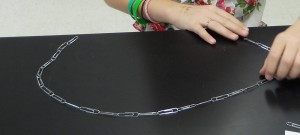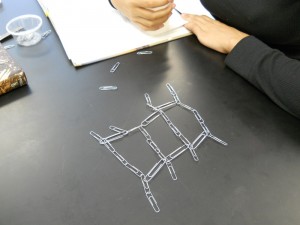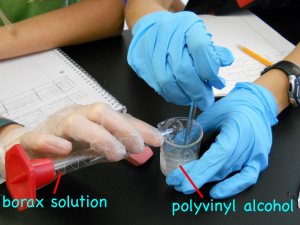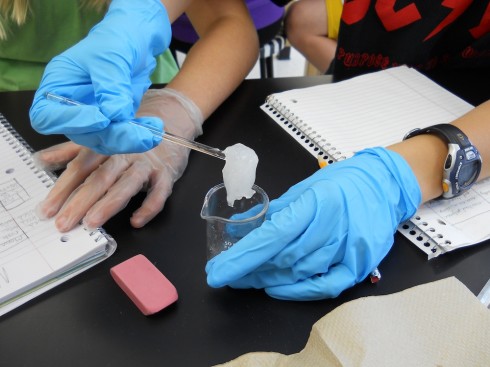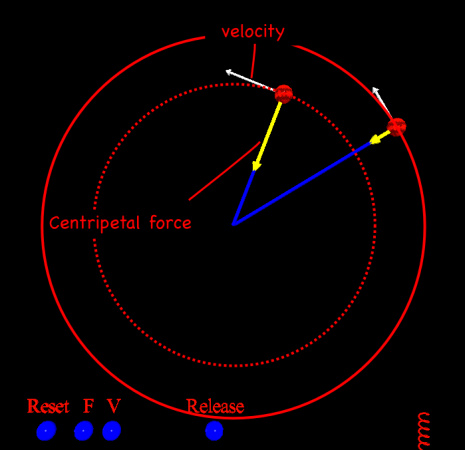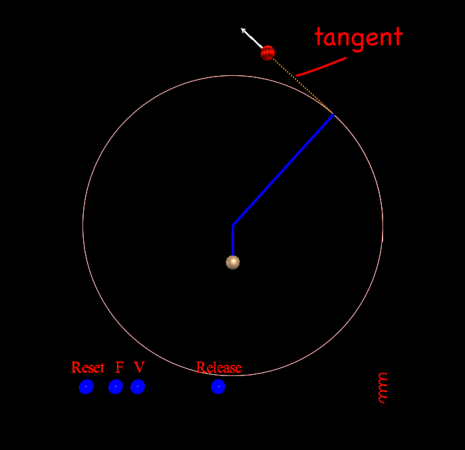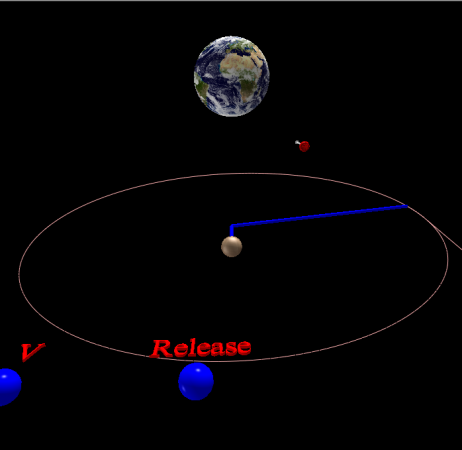Rowan Kaiser asserts that Mort‘s the best place to start to discover the wonderful novels of Terry Pratchett.
the Discworld books combine silliness, satire, philosophy, and strong characterization to create a unique, often wonderful tone that’s more than capable of supporting a series with so many installments. But the number of installments can seem overwhelming, especially given that while the books have standalone narratives, they also have consistent sets of characters who develop over the course of the series, leading to an apparently complicated web of a few different, occasionally overlapping series-within-a-series.
–Kaiser (2011): Gateways To Geekery: Terry Pratchett novels in The Onion’s A.V. Club.
My recommendation would be one of her runner-up gateways — either Guards! Guards! or Wyrd Sisters — but she makes good points. Her third runner-up, Small Gods, which is one of the stand-alone novels is one of my favorites, and was my first Pratchett book. And it got me hooked.
Pratchett’s work is intelligent fantasy, in that it’s a lot like the hard science fiction I prefer. It sets up the rules of its universe and then follows them to their logical conclusions, no matter how absurd.
I often wonder how these books would appeal to adolescents since there’s a distinct possibility that much of the quite enjoyable satire would pass over their heads. The Amazing Maurice and his Educated Rodents won the Carnegie Medal for children/young adults, but while it retains Pratchett’s characteristic style and humor, it was written for a younger demographic, unlike most of his other books. I did get one student to read Small Gods, and her response, with a grimace was, “It made me think“.



